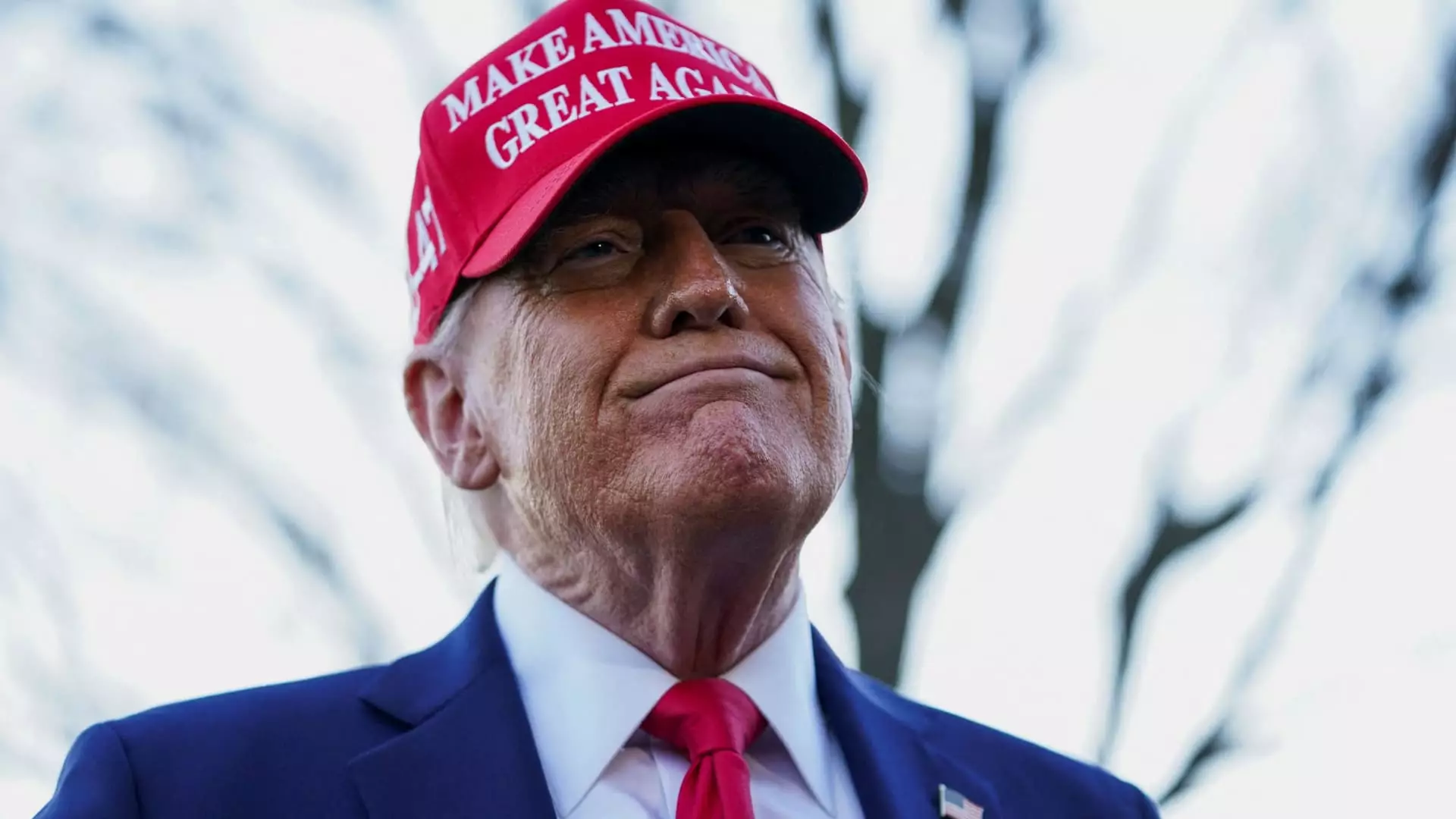The imposition of aggressive tariffs by President Donald Trump, particularly targeting major trading partners like Canada, Mexico, and China, is more than just a simplistic approach to rectifying perceived trade imbalances; it is an exercise in showcasing executive power that threatens to cause widespread economic upheaval. Under the auspices of the International Emergency Economic Powers Act (IEEPA), which Trump has wielded with unprecedented rigor, the administration has set off a chain reaction that will touch every U.S. consumer. While the administration may sell this as an issue of national security—citing challenges like the fentanyl crisis and immigration—it feels more like a blunt instrument than a scalpel.
Foreign policy and economics are not fields easily navigated with emotional fervor, yet Trump’s tactics lean heavily on the emotional appeal of “America First.” The backlash of these tariffs, however, is likely to resonate through the backbone of American households, and therein lies the paradox of his strategy: the potential for immediate patriotism is tempered by the weighty prices that consumers will pay.
With an immediate 25% tariff on imports from Mexico and Canada, many Americans are bracing for a notable increase in the prices of basic necessities. For instance, importing staple products like avocados or tomatoes will suddenly see a substantial price hike—an estimated additional cost of $930 per year per household, as experts at the Tax Policy Center project for 2026. Who are these tariffs really benefiting? While manufacturers may celebrate in the short term, the average American consumer is left to wonder how they can reconcile a tight budget against the rising costs of everyday items. The economy thrives not merely on the production of goods but on their accessibility; if basic fruits and vegetables become luxuries, what does that say about our current trajectory?
Although proponents of tariffs will argue that this protectionist move is designed to streamline American manufacturing and rebuild lost jobs, the reality feels lapsided. It can be seen as a bureaucratic game of “know your enemy,” where the only beneficiaries might be well-entrenched industries gaming the system, while smaller retailers and consumers bear the brunt of inflated prices.
The rush to implement these tariffs has been fraught with miscalculations. Unintended consequences arise when sweeping policies lack the foundational infrastructure for execution. Experts have pointed out that the tariffs on de minimis shipments—small imports exempt from regular tariffs—have been implemented without sufficient planning or infrastructure to manage the fallout. For the U.S. Postal Service, being tasked with collecting tariffs on these packets has proven chaotic; the system isn’t fashioned to process such volumes efficiently or accurately.
In fact, amid these sweeping changes, the administrative turmoil has led to contradictory statements and hiccups in the application of these new tariffs. As Trump’s recent orders repeatedly shifted, some low-value imports received temporary exemptions that only sowed further confusion. With more than 1.3 billion de minimis shipments crossing American borders last year, the federal government finds itself ill-equipped to manage this influx of small parcels, leading to a system that is more inclined towards chaos than order.
While Trump has positioned tariffs as a quick-fix solution, the deeper question lingers: is this approach sustainable in the long run? The datasets reveal a considerable amount of trade that is currently being imported and exchanged with these nations. A sharp increase of tariffs impacting approximately 40% of U.S. total commerce risks spinning a negative feedback loop—one that could backfire in the form of decreased trade, increased tensions, and potential retaliatory measures from other nations.
America’s economy thrives on interdependence—a web of global commerce that facilitates not just consumer choices but reinforces our status as a global leader. Implementing tariffs that appear to undermine this could lead to not only increased consumer prices but a retraction of America’s influence on the global stage. Trade barriers breed an atmosphere of distrust and confrontation, which could make potential future trade negotiations increasingly challenging.
Ultimately, the tariffs serve as an illustration of a paternalistic attitude that assumes governments are better suited to dictate the market than consumer choice itself. While the intention to revitalize domestic industries deserves acknowledgment, the methods employed in pursuing that goal risk alienating the very populace the administration aims to protect.
Should consumers accept the increased prices and decreased availability of goods quietly? There is a palpable discontent brewing among segments of the population who feel blindsided by the economic ramifications these tariffs have wrought. It is one thing to claim to support American workers; it is another to acknowledge the reality that quality of life is heading in the opposite direction for countless citizens.
In a time of increased polarization, adjusting course without legitimate foresight seems not just irresponsible but fundamentally inequitable. The unexpected fallout reminds us that, in the sphere of trade, simple solutions rarely offer simple outcomes.

